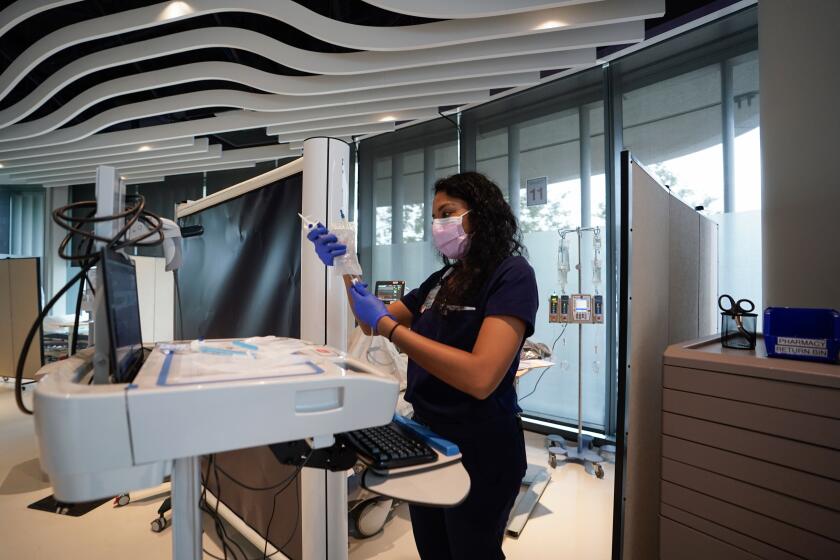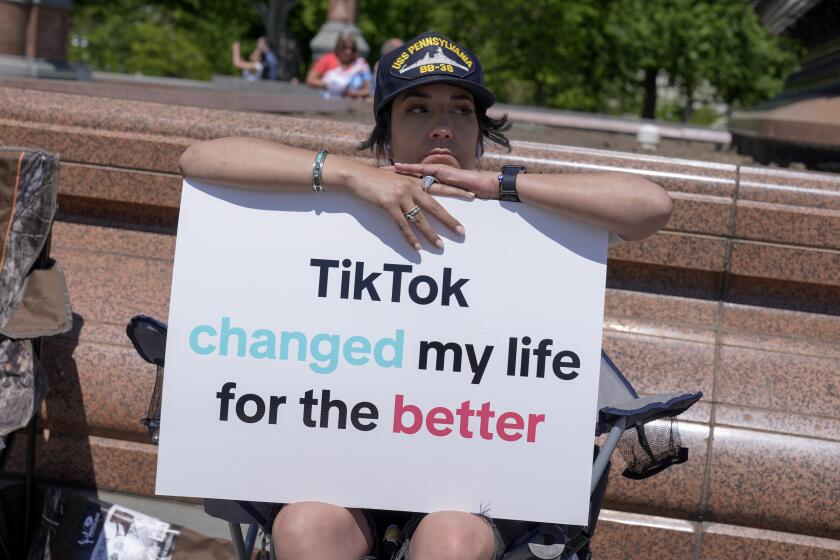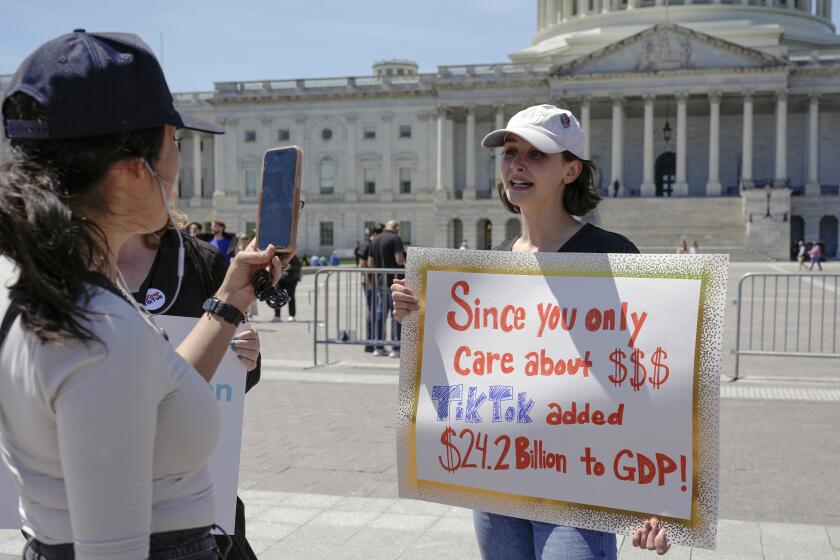Gas prices: Renting a Tesla is cheaper for this Uber driver than fueling his Jeep
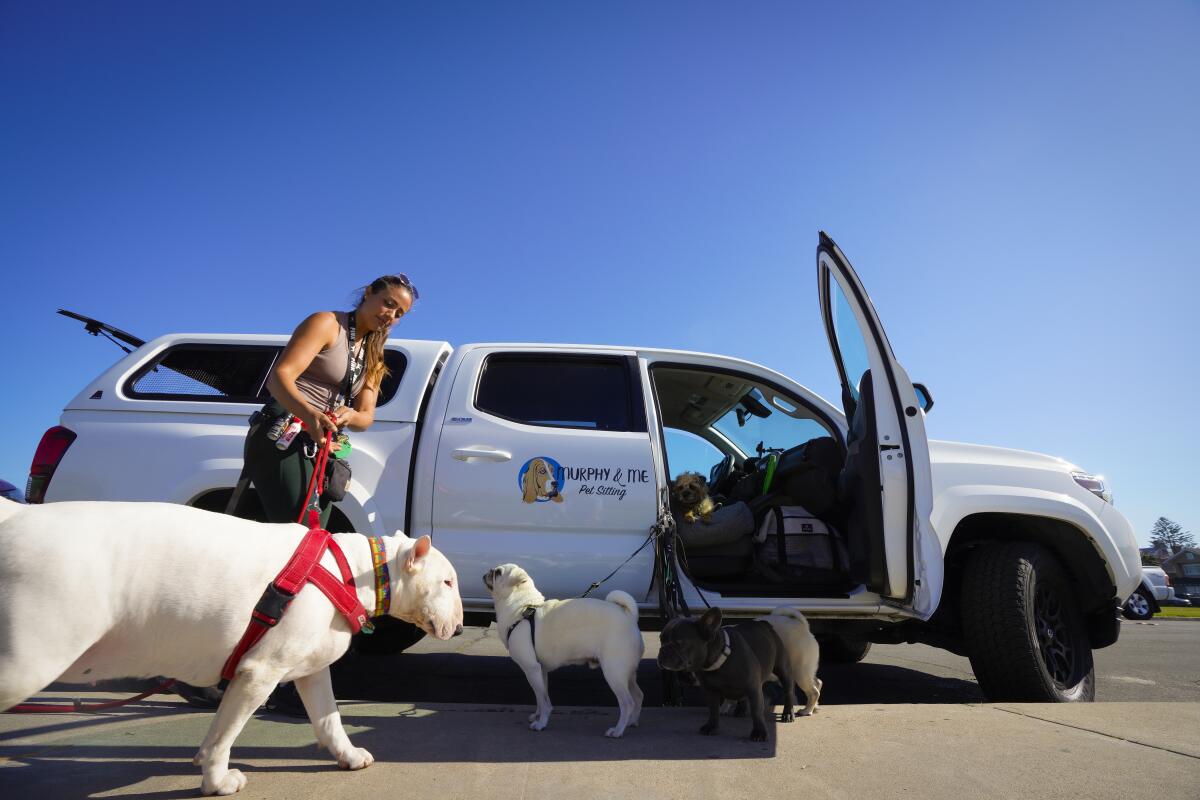
The recent spike in gas prices have small-business owners and entrepreneurs making decisions on the fly to maximize their fuel tanks for work.
When gasoline prices shot up nearly a dollar in less than one week, rideshare driver Al Gaines knew something had to change. When it went up 9 cents between 10 a.m. and 1:30 p.m. on a recent Sunday, he decided to try something bold.
“I get gas every day and I watched prices go up 75 cents in five days,” Gaines said. “That’s what tipped me over and (I) said, ‘if it’s going to do this, I need another solution.’”
This story is for subscribers
We offer subscribers exclusive access to our best journalism.
Thank you for your support.
He parked his Jeep Cherokee and rented a brand new Tesla for $400 a week through a partnership Uber has with Hertz to incentivize drivers to use electric vehicles. Gaines drives up to 80 hours a week and after taking the navy-blue Tesla for a spin, he realized it was the cheaper option.
The average price of a gallon of regular-grade gasoline in the San Diego area reached $6 a gallon Friday, according to AAA, an increase of 25 percent compared to one month ago. And while the rate of increase has slowed somewhat in the past two weeks, with the war in Ukraine spurring high global oil prices, some fuel analysts don’t anticipate a price correction anytime soon.
People with jobs that require them to drive have their hands tied when it comes to dealing with high gas prices. For some small-business owners, they’d rather not raise their prices for services as the situation changes so drastically.
For them, it’s a matter of making it work in the short term, which might mean taking a loss now and hoping for the best in the long term.
UC San Diego economics professor James Hamilton pointed to studies that estimate the median U.S. household spends about 4 percent of its income on gasoline. For some, the total exceeds 10 percent.
“If you’re going paycheck to paycheck, you’ve got to fill up the tank each week and you suddenly find it costs twice as much as it used to, you have to cut back on your spending somewhere else that you weren’t planning on and that’s a real challenge for lots of people,” Hamilton said.
Gaines, 66, is a retired teacher based in Little Italy and he drives as much as he can for Uber and Lyft to supplement his retirement money, save for travel and keep his mind agile. His intense driving schedule puts a strain on his Jeep Cherokee, which will need replacing soon.
Gaines said he puts about 1,500 to 1,700 miles on his car each week and he changes his tires every nine to 10 months. He doesn’t have a car payment on his 2018 Jeep, but he factored the cost of regular maintenance into his decision. Renting a Tesla also seemed like a good idea as he saves for a new car.
Uber pays a bonus of one dollar for each ride he gives in an electric vehicle, and the company added a 45 to 55 cents per ride surcharge to Uber passengers for the next couple of months as a result of rising fuel costs.
After two weeks of renting a Tesla, Gaines crunched the numbers to see which was more cost-effective. He found the Tesla cost him $467.12 per week while his Jeep cost about $664.03 during a week when gas prices were about 50 cents cheaper than they are now.
Gaines said he’s going to keep driving the Tesla and re-evaluate again in a few months.
But for small business owners who are not working with multibillion-dollar tech giants, the surge in gas prices makes them shuffle their options differently.
“It’s killing me,” said Clarke Ramsey, owner of Le Perv Landscaping. He said that as a small business owner, there’s not much he can do about the high gas prices.
Across the board, he hasn’t changed his prices for service because “it’s difficult to increase prices just based on what may be, hopefully, a temporary hike in gas prices.”
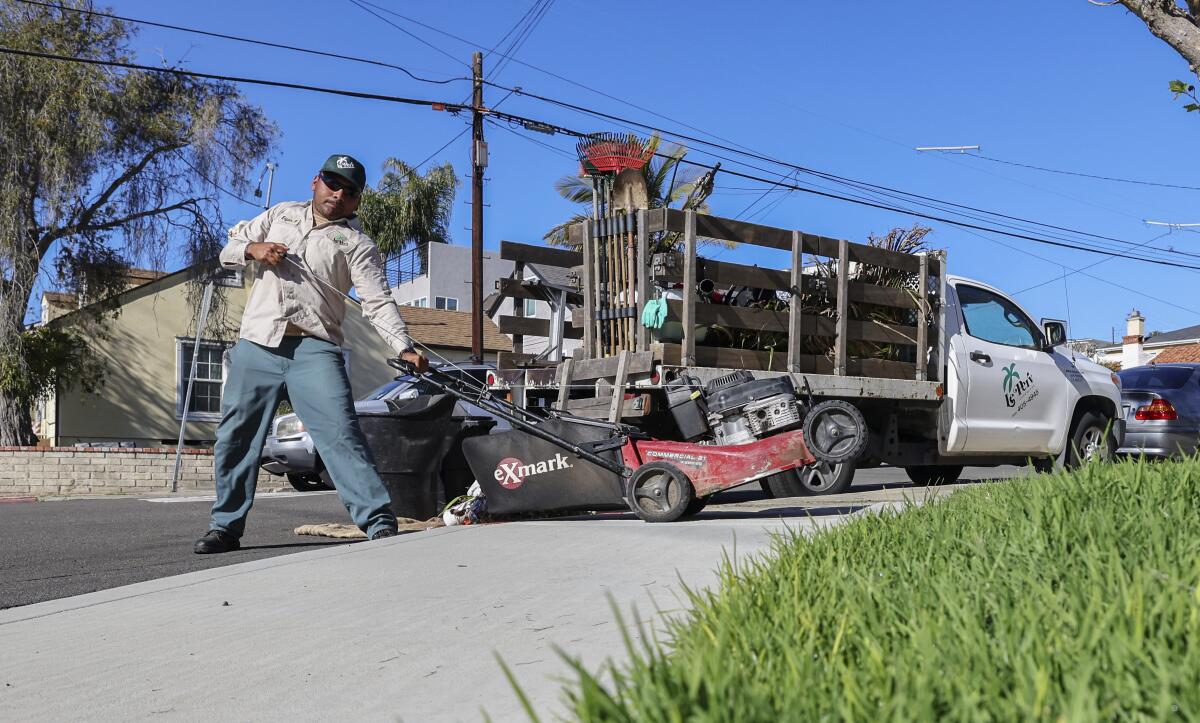
The Kearny Mesa business has been operating in San Diego County for more than 30 years and it has a fleet of 18 trucks driving out to residential and commercial job sites. They go through about 1,500 gallons of gasoline a month. Ramsey said he used to spend about $4,000 to $5,000 a month on gas and now their expenses are up to about $6,000 to $7,000.
“Right now we’re just taking the loss and lamenting it, and hoping and praying that, you know, things get better,” he said.
Just like many of the other San Diegans who drive as part of their living, Ramsey said he’ll re-evaluate the situation in a few months.
He’s always driven as part of his job, so he said it’s a difficult situation because choosing to drive less is not an option.
“I don’t have that choice,” he said. “When I get a call, we have a list of clients that we have to service and there’s no choice about it. (There’s) not a better decision I can make of saying we’re not going to drive out there.”
For Michael Dreebin, the sole proprietor of Pristine Mobile Detailing in Carlsbad, the gas hikes haven’t hurt his business or caused him to raise prices yet. Dreebin hops in his 2019 Dodge Ram each day and services everything from Kias and Corollas to Bentleys and Lamborghinis across San Diego County.
Dreebin often takes jobs on demand. But the last month of rising gas prices has given him “cause for pause,” as he factors fuel costs into his work.
“For example, I have a body shop in Escondido that wanted me to do a quick little job for $100 and I did the math in my head, and it’s 15 bucks in gas plus an hour of my time, just to commute. I said no, because it cuts my cost way down and even though they’re a good client I still have to be mindful,” Dreebin said. “I told them if they have more work for me, or we could charge a higher price, I would gladly come and I sent somebody else from another company that I refer business to.”
Last year, it cost him about $350 a month for gas and now he’s paying about $480 per month, a 27 percent increase year to date. Dreebin sees the stress skyrocketing gas prices put on everyday drivers’ wallets.
“I was at Costco today in Carlsbad in a messed-up line that was going every which way,” Dreebin said. “It’s sad, it adds a level of angst and anxiety to my everyday” experience.
Korye Bradshaw, owner of Murphy and Me Pet Sitting, has been in business for almost a decade and part of her daily pet sitting service includes loading up to 15 dogs into her white truck and driving them to Coronado Dog Beach.
The South Park resident recently added on a $2 fee for picking up and dropping off dogs at her clients’ houses. She reasons the change may incentivize clients to drop off their pets at her house and help Bradshaw cut back on driving.

She used to fill up her 2019 Toyota Tacoma for about $60 a tank, but now her costs have gone up to $100. Overall, she said the gas price hikes haven’t “stressed her out” financially, especially considering what small businesses have had to endure since 2020.
“What we’ve been through the last couple years with COVID, nothing should shock us at this point,” she said. “I’m just like, rolling with the punches … You just have to do what you have to do. It is what it is and you make it work.”
Gasoline prices are tied to the price of oil and in the runup to and subsequent invasion of Ukraine by Russia, global oil prices have almost doubled in the past four months.
With no end to the war in sight and global markets already straining from supply-chain restrictions and uncertainty about COVID-19 variants, Bryce Erickson, head of the energy group for Mercer Capital, does not see prices going down by a significant level in the near term.
“With this chaos, there really isn’t a quick fix,” Erickson said, adding, “for the next 12 months, I don’t see relief.”
Politicians in Sacramento have put forth a host of competing proposals aimed at softening the blow.
Gov. Gavin Newsom has called for issuing $400 debit cards to Californians for each vehicle they drive, capped at two vehicles.
One group of Democrats has proposed a flat $400 rebate to every California taxpayer while Assembly Speaker Anthony Rendon, D-Lakewood, and Senate President Pro Tem Toni Atkins, D-San Diego, have pushed for a $200 refund for each taxpayer and dependent but excluding the payments from households with incomes that exceed $250,000.
Assemblymember Kevin Kiley, R-Rocklin, introduced legislation to suspend the state’s gasoline excise tax — currently at 51.1 cents per gallon — for six months. Last week, the Assembly voted to refuse to fast-track the bill.
Hamilton, the UC San Diego economics professor, said since all customers pay the same price for gasoline when they go to the pump, higher prices have more impact on working-class and lower-income consumers.
“When we talk about average expenditures on gasoline as a fraction of income, it doesn’t sound so bad but that’s partly because a lot of people have a whole lot of income and for them, gasoline isn’t that big a part of what they spend,” Hamilton said. “But definitely, the lower the overall income level, a higher fraction of the income goes to gasoline.”
And for some drivers, there aren’t many immediate options.
“Now over time, you can try to buy a more fuel-efficient car, an electric car or find some other way to get to work but you can’t do those right away,” Hamilton said. “In the short run, we’re kind of locked into doing things the way we were.”
Get U-T Business in your inbox on Mondays
Get ready for your week with the week’s top business stories from San Diego and California, in your inbox Monday mornings.
You may occasionally receive promotional content from the San Diego Union-Tribune.



